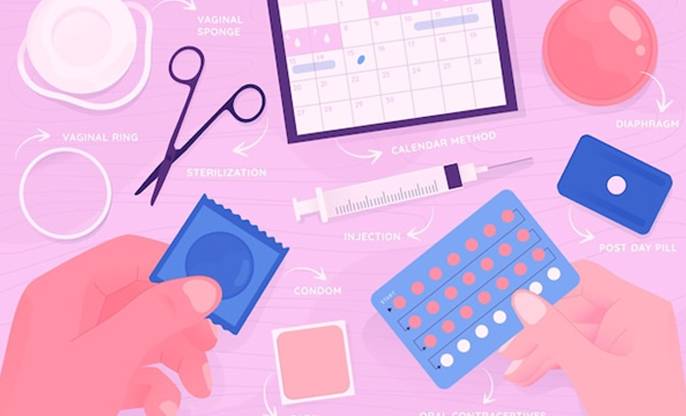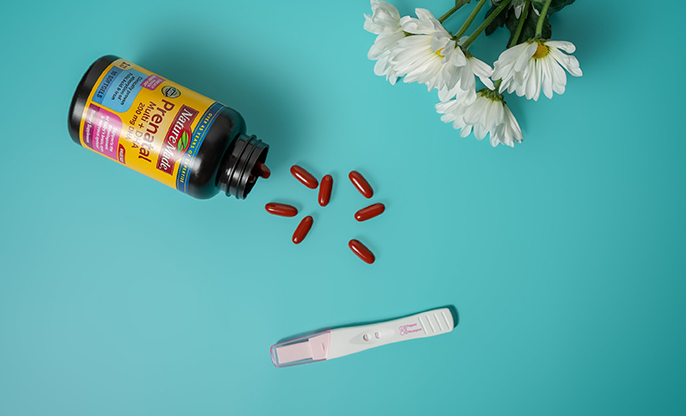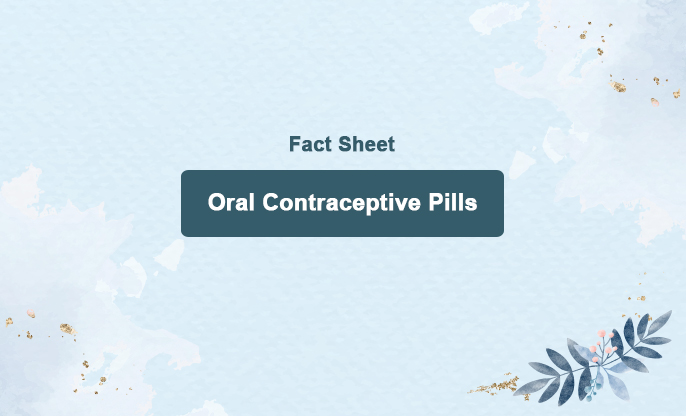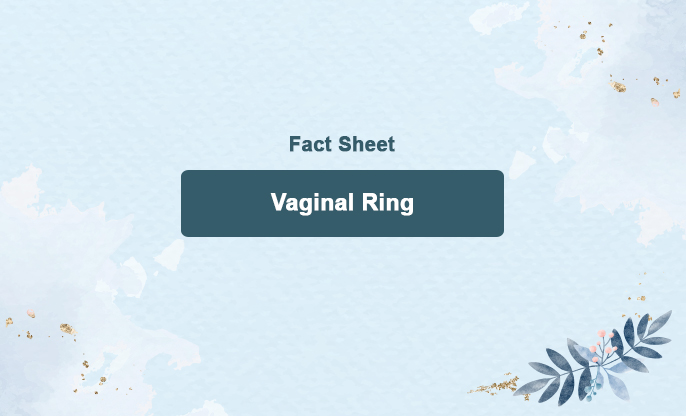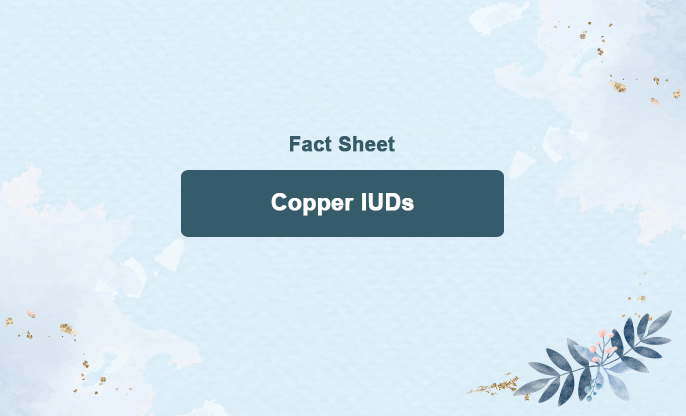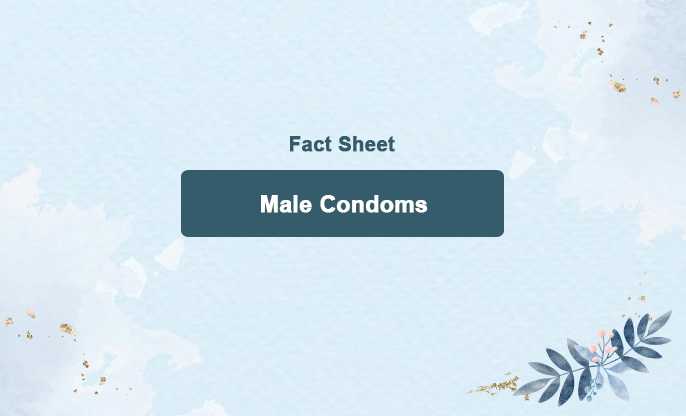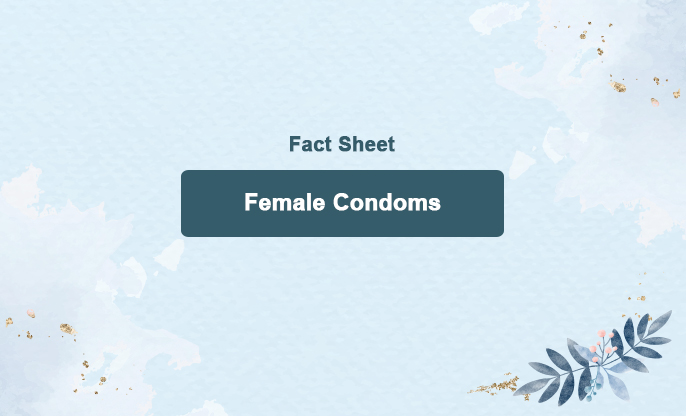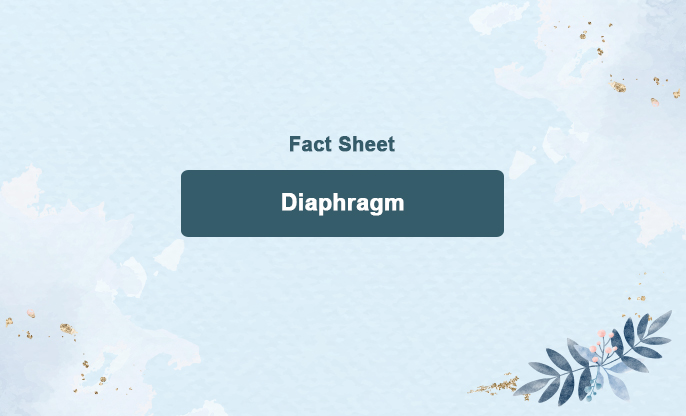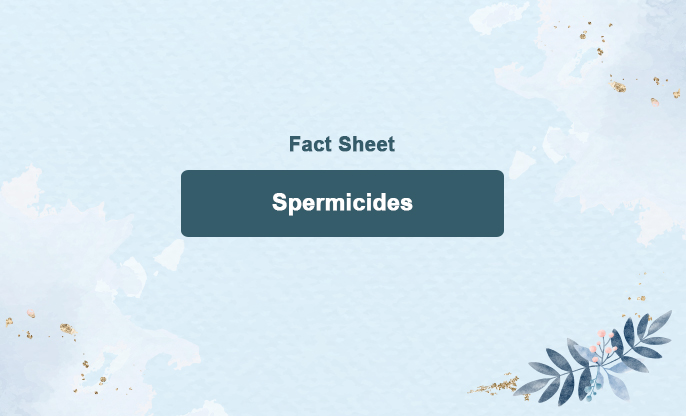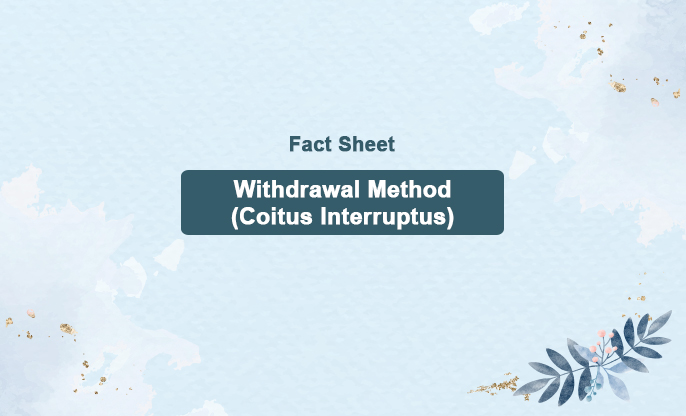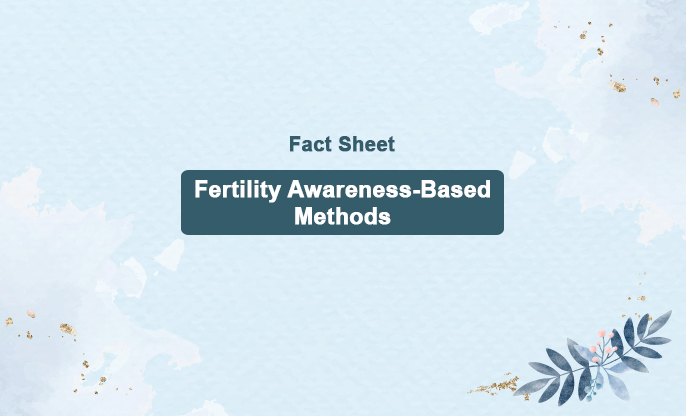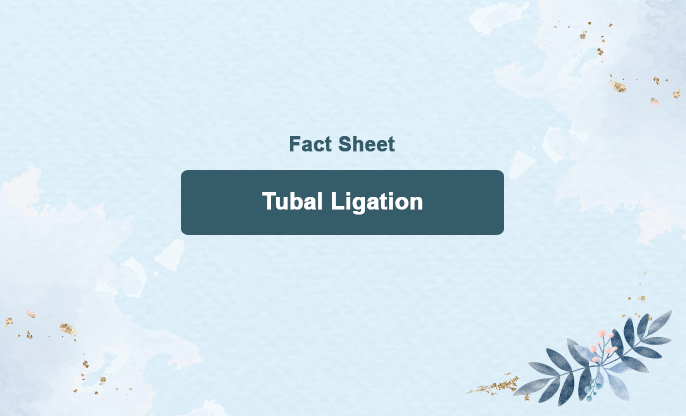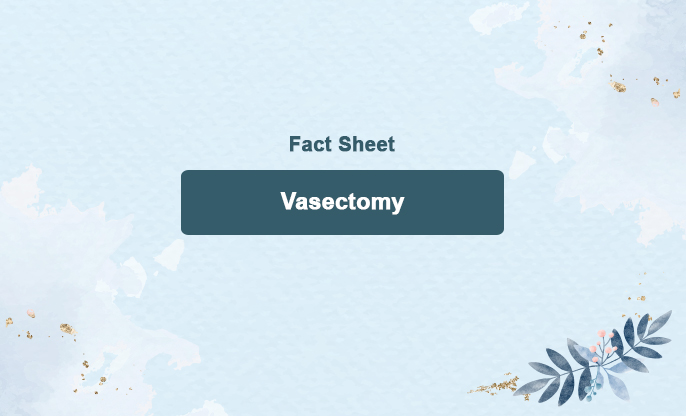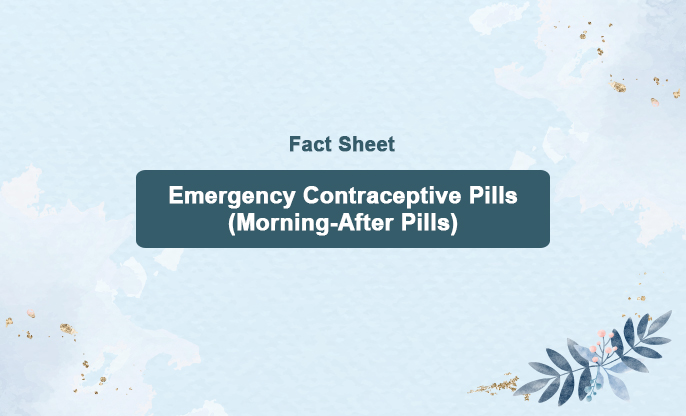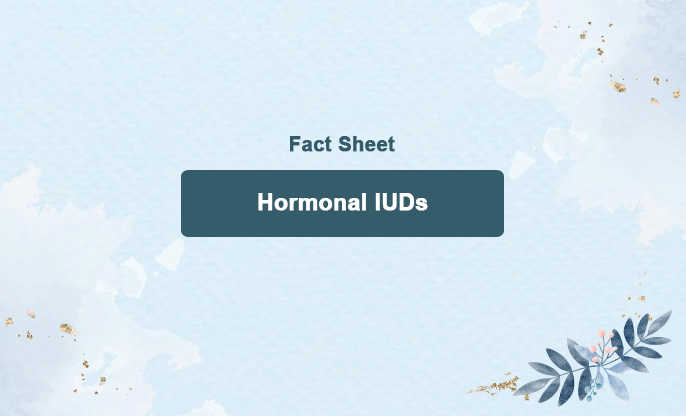
What is this?
Hormonal IUDs release progestin, a synthetic form of progesterone. This hormone thickens the cervical mucus, preventing sperm from entering the uterus and reaching an egg.
.With hormonal IUDs, the amount of bleeding varies depending on the type. Standard-dose IUDs are more likely to stop menstrual periods, while lower-dose IUDs tend to result in lighter monthly bleeding.
How does this work?
Intrauterine devices (IUDs) work by creating an environment that is inhospitable to sperm, thereby preventing fertilization and pregnancy.
These release progestin, a synthetic form of the hormone progesterone.
Progestin thickens the cervical mucus, making it difficult for sperm to enter the uterus and reach an egg.
It can also thin the lining of the uterus, which can prevent implantation of a fertilized egg.
Additionally, hormonal IUDs may suppress ovulation in some women, preventing the release of eggs from the ovaries.
Both types of IUDs are highly effective at preventing pregnancy, with long-lasting effects ranging from 3 to 10 years, depending on the type. They are also reversible, meaning fertility typically returns quickly after removal.
Efficacy:
It becomes effective immediately upon insertion and can last for 5 to 10 years, depending on the type and is more than 99% effective.
Usage duration recommended:
The duration of IUD usage depends on the type of IUD:
Hormonal IUDs:
Mirena®: Effective for up to 8 years.
Liletta®: Effective for up to 8 years.
Kyleena®: Effective for up to 5 years.
Skyla®: Effective for up to 3 years.

